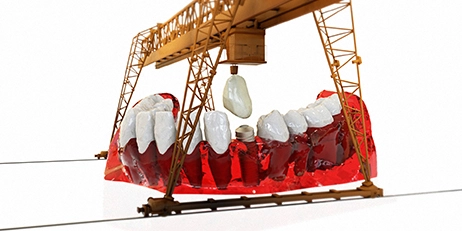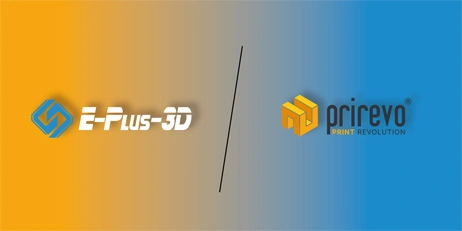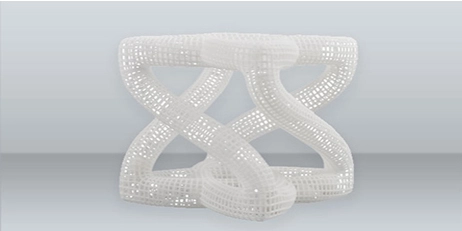The application of bulk metal implant materials should be aware of the problems of bone resorption and implant loosening. Therefore, it is crucial to develop implants that can function in the human body for extended periods of time without the need for re-surgery. Porous medical titanium alloys have become the most promising materials for applications due to their lightness, strength, low elastic modulus, corrosion resistance, and biocompatibility. However, titanium alloy hip prostheses have problems with fatigue mechanisms that result in nearly 90% surface fracture and can also fail due to corrosion fatigue.
Therefore, the researchers improved the fatigue strength and service life of the antibacterial and porous scaffolds by adding copper elements to the titanium alloy. They prepared porous Cu-containing Ti6Al4V using laser selective melting and studied its corrosion fatigue behavior in air and 0.9 wt% NaCl solution. It was found that the precipitation of Ti2Cu phase resulted in higher fatigue strength and longer service life of porous Ti6Al4V-6Cu.
This study used additive manufacturing technology to prepare porous Ti6Al4V-6Cu alloy samples, and explored its static and fatigue properties and fatigue behavior in a corrosive environment. The research results show that the Ti6Al4V-6Cu alloy has better static compressive properties than the pure Ti6Al4V alloy, especially the compressive strength, which is 1.43 times that of the Ti6Al4V alloy. In fatigue tests, the position of the crack initiation point is affected by the fatigue cycle, that is, crack initiation is faster under high stress state. In the corrosive environment containing 0.9wt% NaCl, the main failure mechanism of Ti6Al4V-6Cu is the intergranular fracture and partial transgranular fracture mode, which is attributed to the accelerated crack growth due to corrosion fatigue. In summary, the porous Ti6Al4V-6Cu sample has a longer fatigue life than the Ti6Al4V alloy sample due to the effect of zigzag fatigue crack growth and the Ti2Cu phase precipitated near the grain boundaries.























